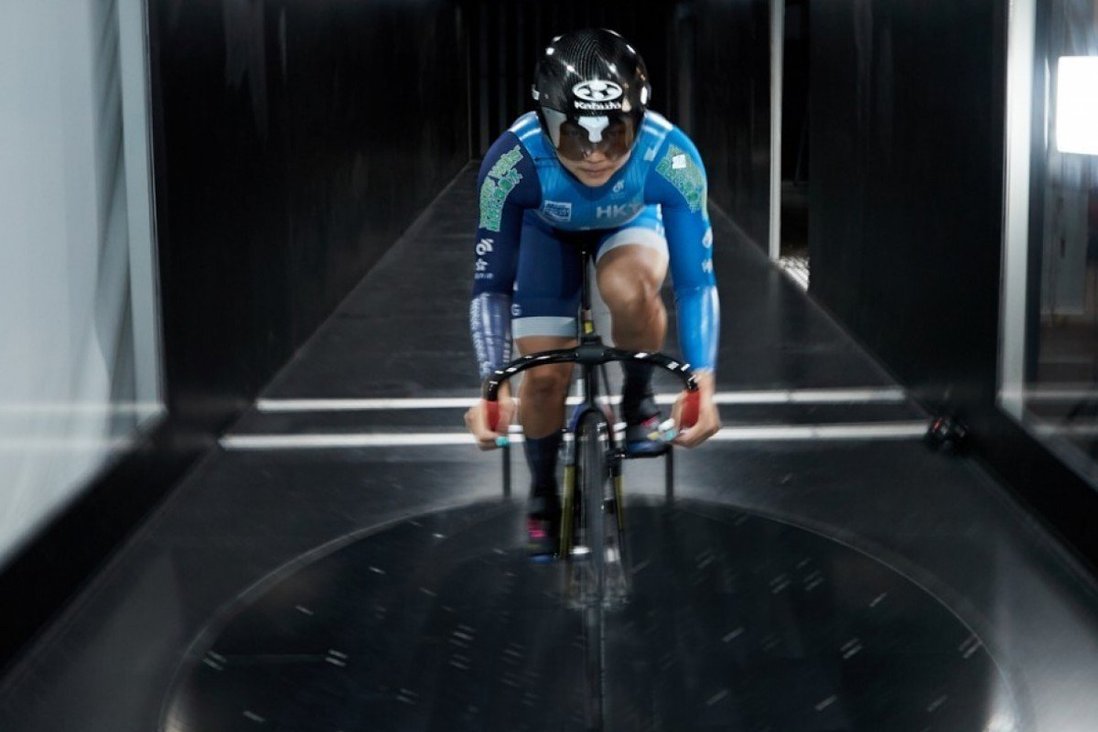- Sports technology that monitors technique and apparel to improve performance is an important part of an elite athlete’s preparations
- But critics say this can equate to ‘technological doping’ and has worsened inequality between well-funded teams and those from developing nations

Our Tokyo Trail series looks at key issues and athletes in the run-up to the 2020 Olympics, which are scheduled for late July. This is the first of three stories on the use of technology and innovation at the Games.
Irish diver Oliver Dingley spent much of the past year doing strength training in the gym before qualifying for the Tokyo 2020 Olympics. The finalist at the Rio 2016 Games practiced somersaults and spent hours on the trampoline to ensure he would get all the power out of the springboard in Tokyo.
When he did train in the pool however, he had extra help. A team of analysts used a video analytics system to replay dives and make adjustments to his form.
In Hong Kong, which is dispatching a team of 46 to compete in 13 sports, elite athletes have been using an antigravity treadmill at the Hong Kong Sports Institute to push themselves to shave off milliseconds but avoid injuries. They also ride on the indoor training bikes while having their stamina, exercise intensity and other metrics measured.
For the more than 11,000 athletes from across the world gathering in Tokyo, the run-up to the Games has already seen their coaches, scientists and analysts engaged in a race to find the most cutting-edge technology to boost their chances of a gold medal. In past Games, some of these have been on display, from sensors that track a swimmer’s stroke count to augmented reality glasses that can showcase a cyclist’s heart rate and other information.
“Sports technology is an important part of an Olympic athlete’s preparation,” said Dr Aimée Mears, a lecturer at Loughborough University’s Sports Technology Institute. “Most nations and sports governing bodies will have provisions for sports technology and it will be incorporated into the support provided to Olympic athletes.”
Olympic teams use biomechanics and data analysis to quantify and examine an athlete’s technique following a coaching intervention or when returning from an injury. For example, in swimming, instrumented starting blocks and high speed video cameras are used to measure the forces and movements of a swimmer during a start, she said.
As with every Olympics, the technology being used for this pandemic-era Games has also evolved. Wearable technology in particular has been one of the more recent tools in the Olympic arsenal, according to John Barden, a professor of biomechanics at the University of Regina in Canada.
“Wearable tech was especially useful to keep track of athletes when training grounds were shut down because of the pandemic,” he wrote in an article published in The Conversation last week. “One of the obvious benefits of wearable tech is its ability to provide information that wasn’t previously available. For example, force-sensing resistors placed in shoes, ski boots or bike pedals can provide a continuous stream of data for entire training sessions.”
Original Source: https://www.scmp.com/week-asia/health-environment/article/3141724/tokyo-olympics-wearables-3d-printed-shoes-and-ai




